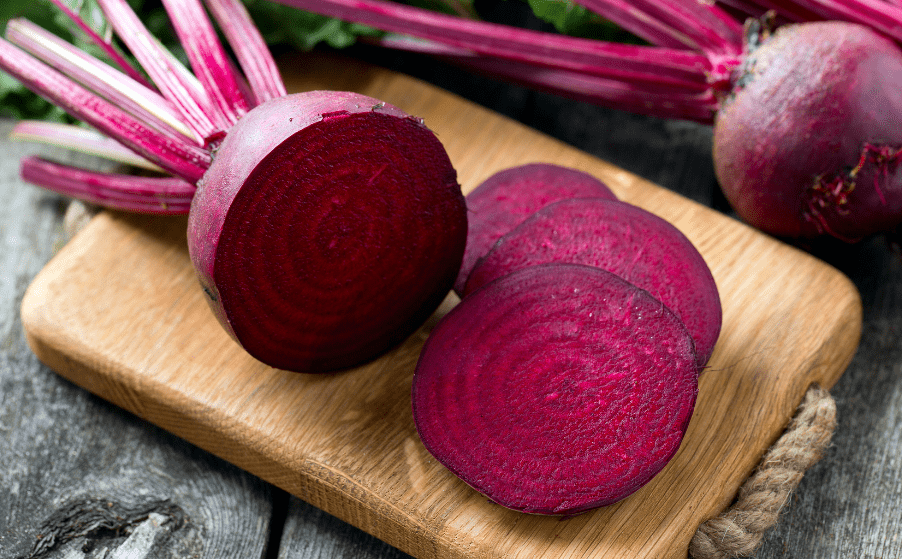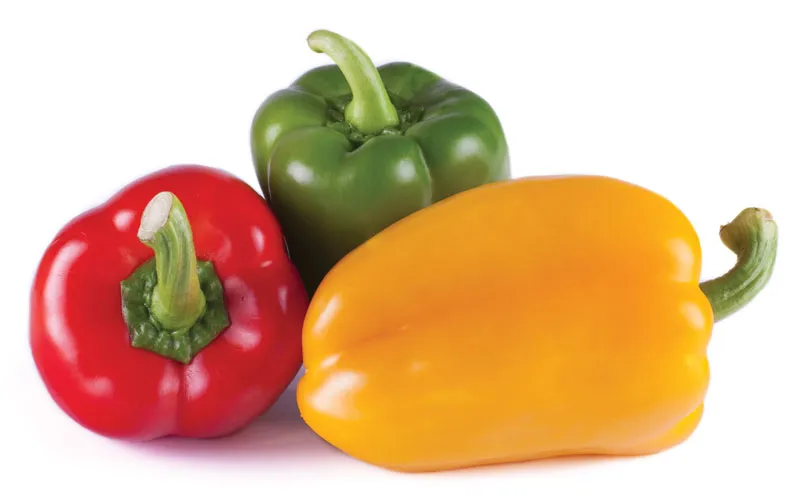
Description
The majority of asparagus species are somewhat woody and can be either upright or climbing. The prominent fern-like branchlets grow from the rhizome like, or occasionally tuberous, roots. Small scales represent true leaves. The little greenish yellow flowers in the spring are followed by red berries in the autumn in many dioecious species (individuals are either male or female).
Varieties
There are numerous types, each with a unique range of hues, flavors, textures, and hardiness. There are four fundamental types: wild, white, green, and purple. The other kinds are special varieties of asparagus that belong to one of the four fundamental types.

Uses
The garden asparagus, grown as a vegetable for its juicy spring stalks, is the most well-known variety. The cultivation of several African species for ornamental purposes.
Nutrition
Asparagus in a half-cup serving contains:
13 calories
1 g of protein
Less than 1 g of fat
2 g of carbohydrates
1 g of fiber
1 g of sugar
Cultivation
Although a planting location in full sun is ideal, asparagus can also be grown in partial shade. As long as they are adequately drained, most soil types are ideal. Create a raised bed if your soil is heavy to allow for greater drainage. The optimal pH range is 6.5 to 7.5, therefore more acidic soil may require liming.
Table





